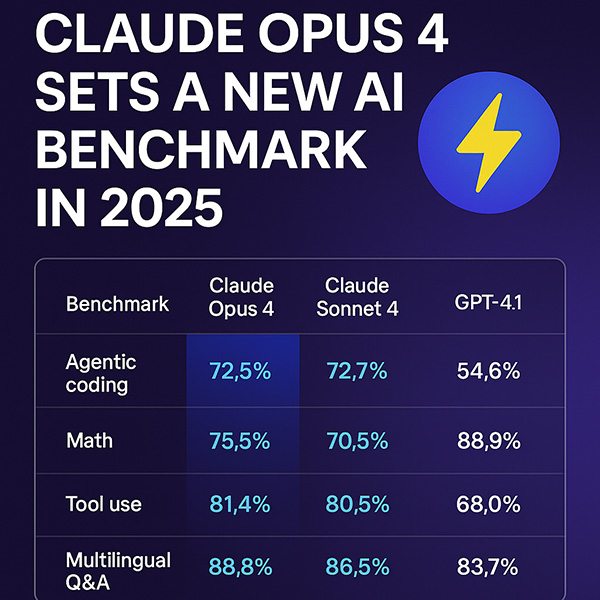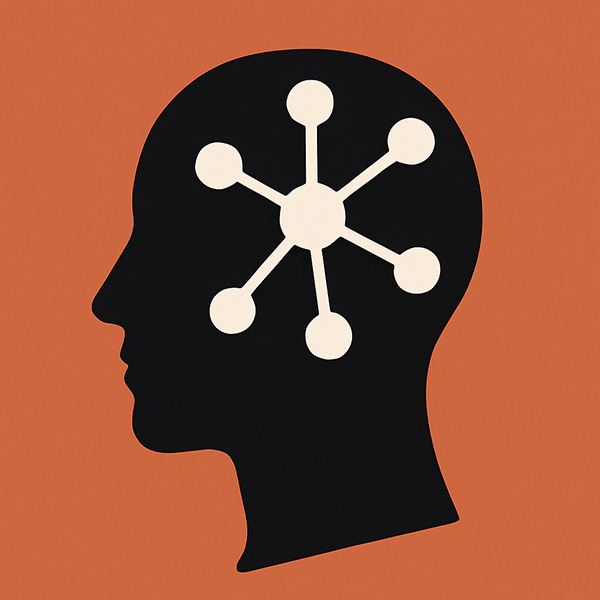In a world where AI tools like Claude, ChatGPT, and Gemini are becoming as common as search engines, how you askmatters as much as what you ask. What Is Prompt Engineering, That’s where prompt engineering comes in—a skill that has quietly become one of the most valuable in the AI-driven economy of 2025. But what exactly is it, and why should you care?
Whether you’re a content creator, developer, researcher, or entrepreneur, understanding how to speak the language of AI can unlock productivity, creativity, and innovation like never before.
What Is Prompt Engineering?
Prompt engineering is the practice of crafting precise, effective instructions (or “prompts”) to guide AI systems in generating the desired output.
Instead of writing code, you’re writing queries in natural language. But not all prompts are created equal. A poorly worded prompt can give you generic, inaccurate, or irrelevant results—while a well-engineered one can deliver near-magical outcomes.
🔍 Example:
Basic Prompt: “Write a blog post.”
Engineered Prompt: “Write a 1000-word blog post in a friendly tone explaining prompt engineering to beginners, with examples and a clear introduction and conclusion.”
Why It Matters in 2025
1. AI Is Everywhere Now
From virtual assistants and customer support bots to research tools and business planning platforms—AI models are embedded in almost every professional workflow.
2. It’s a High-Income Skill
Prompt engineers are now in high demand. Some freelance professionals charge thousands per month just to design better prompts for businesses using AI tools.
3. Saves Time and Improves Accuracy
Well-structured prompts can save hours of revision and debugging. Imagine generating a marketing plan, a product description, or even code with minimal edits.
4. Essential for AI Plugins and Automation
With tools like Claude and ChatGPT now powering website chatbots, apps, and productivity tools, knowing how to fine-tune their outputs is critical.
The Art and Science of Prompting
Prompt engineering isn’t just a trick—it’s a creative and technical discipline. It includes:
Understanding the AI’s capabilities and limitations
Using system-level instructions (e.g., roles, tones, goals)
Layering instructions logically
Experimenting with variations and iterations
🛠️ Prompt Tip:
Always test your prompt multiple times. If the AI gives inconsistent results, refine the structure or clarify the intent.
Use Cases in Real Life
Content Creators: Automate outlines, scripts, and even visuals
Developers: Generate code, documentation, and bug fixes
Researchers: Summarize papers, generate hypotheses
Businesses: Create sales copy, user flows, and chat assistants
Looking Ahead: The Future of Prompt Engineering
In 2025, prompt engineering is no longer a niche—it’s becoming a foundational digital literacy. Soon, it might be taught alongside writing and coding in schools. Tools are emerging that help automate and optimize prompt creation, but the best results still come from human insight.
Conclusion:
AI won’t replace you. But someone who knows how to talk to AI—will. Prompt engineering is the bridge between human creativity and machine intelligence. The better you are at it, the more you’ll stand out in the age of intelligent automation.





